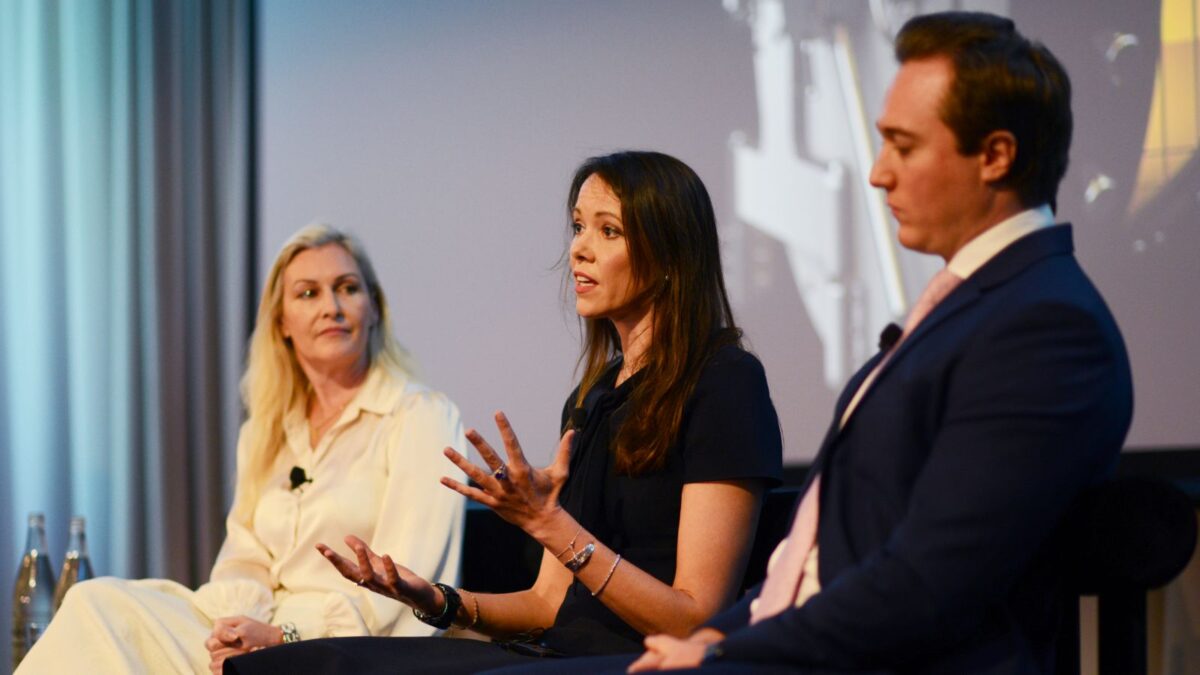Expanding opportunities but NZ Super full for now
The New Zealand ‘expansion capital’ sector has delivered handsomely for the NZ Superannuation Fund (NZS) but no further allocations are on the immediate horizon, according to chief investment officer, Matt Whineray.
Whineray said last week that the NZ$37.4 billion (A$35 billion) sovereign wealth fund, which has invested about NZ$450 million in NZ expansion capital – or proven companies too small to list but not big enough to efficiently raise debt – since 2005 via nine private equity fund mandates, was “not out there chasing opportunities at the moment”.
“We made three commitments to NZ private equity funds late in 2016 but nothing since,” he said. “We like the space but the issue in a small market like NZ is to make sure the managers we invest in are not overlapping.”
Currently, NZ Super is channeling about NZ$260 million into expansion capital through mandates with Direct Capital, Pioneer and Movac that cover larger companies, the mid market and “earlier stage tech firms”, respectively.
“There are definitely other managers out there, and we’ve had a good look at them but we’ve thought carefully about where we want to play in the space,” Whineray said.
NZS has a further NZ$170 million expansion capital in post investment phase through earlier mandates with Direct Capital, Pioneer, and Waterman as well as about NZ$24 million allocated to an AMP Pencarrow joint venture now cashed out.
In a white paper released last week, NZS says since its first mandate in 2005 the NZ expansion capital investment has returned 14.7 per cent, outperforming expectations by 0.7 per cent.
“The comparable Public Market Equivalent (PME) generated a return of 10.7 per cent over the same period,” the paper says.
According to the NZS report, about 5,000 NZ companies could fall under the expansion capital banner defined as those with an “enterprise value between NZ$5 million and NZ$100 million with revenue between NZ$5 million and NZ$50 million”.
“Our data indicates that 5,000 firms meet that definition but I’m not sure whether they would all be investable,” Whineray said.
Typical investments per company would range between NZ$5-$50 million, the NZS paper says, however, that relatively small size for the NZ$37 billion plus fund rendered it “difficult for us to cost-effectively invest directly into NZ expansion capital portfolio companies”.
Despite accessing expansion capital at arms-length through external managers Whineray said NZS still played a hands-on role with the underlying companies.
“We have a good line of sight through to the underlying firms with information supplied by the managers but we also sit on the advisory committees,” he said.
The paper says NZS also offers its “international best practice” expertise to the process, particularly through its experience with “Limited Partnership Agreements that incorporate International Limited Partnership Agreement (ILPA) principles”.
Whineray said expansion capital investments tend to feature a “long tail” with an end-to-end time-frame of 10-12 years before returns are realised.
As the current batch of NZ expansion capital investments mature they could be recycled back into the sector that still holds many opportunities, the NZS report says.
“We believe investment returns are attractive because there is insufficient capital available to support the demand for growth equity from this cohort of companies,” the paper says. “The slow-changing nature of the key drivers of the opportunity support our belief that NZ expansion capital will likely be attractive for institutional investors for the next several years.”
– David Chaplin, Investment News NZ










